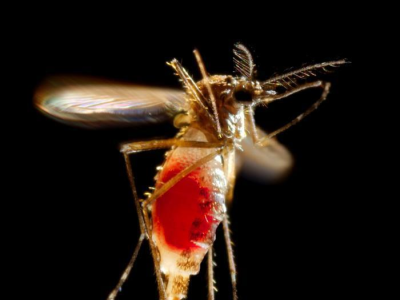Canadian One Health report tackles antimicrobial resistance
The Canadian Veterinary Medical Association (CVMA) and the country's Antimicrobial Resistance (AMR) Network have published a new One Health–focused report that proposes improvements to a pan-Canadian AMR governance structure and optimal models for responding to AMR.
The report, "Strengthening Governance of the Antimicrobial Resistance Response Across One Health in Canada," proposed two approaches, or models, to address the AMR crisis. It says any approach must create connections and foster knowledge-sharing across One Health and across Canada, and it must increase capacity to accelerate action and deliver meaningful solutions.
The first model, called the AMR Network, "appeals to those who view the AMR ecosystem in Canada as complex, both in terms of the diversity of stakeholders involved and the range of actions that are required to address the issue at hand," according to the report. It gives One Health experts control of priorities.
The second model, dubbed the AMR Center, adopts a classic top-down approach and "enables a comprehensive approach to selecting its priorities, choosing to make meaningful impact in a select number of priority areas."
In a statement yesterday by the Public Health Agency of Canada (PHAC), Canadian Health Minister Patty Hajdu, MPA, said, "This report will help all parties move toward a One Health approach to tackle this universal issue. It will also serve as an important tool for discussions alongside the work the federal government is undertaking with provincial and territorial partners and with stakeholders to mitigate the potential impact of AMR and protect the health of Canadians."
PHAC funded the AMR Network to explore governance models that unite diverse stakeholders.
Jul 19 CVMA report
Jul 20 PHAC statement
Study ties superbug prevalence in the ED to ambulance rides
A study by Duke University scientists today reveals that patients arriving at their emergency department (ED) via ambulance were almost four times more likely to have methicillin-resistant Staphylococcus aureus (MRSA) or vancomycin-resistant Enterococcus (VRE) colonization or infection than those who didn't arrive by ambulance, though numbers of both were small.
The single-center retrospective cohort study, published in Infection Control & Hospital Epidemiology, involved 11,324 patients from 2016 to 2019. About one third (3,903) were in the ambulance group, with the remainder in the unexposed group.
Among them, 9 patients (0.08%) tested positive for MRSA and 3 (0.03%) for VRE. The 30-day prevalence of MRSA or VRE was larger in the ambulance group than in the unexposed group: 8 (0.20%) and 4 (0.05%), respectively. Patients who arrived at the ED via ambulance were almost four times more likely to have MRSA or VRE within 30 days of their encounter (relative risk, 3.72; 95% confidence interval, 1.09 to 12.71; P = .04).
The authors say a strength of their study is its stringent inclusion criteria to assess multidrug-resistant organism (MDRO) prevalence, but they also note that the study design did not account for all confounders. They write, "To our knowledge, our study represents the first controlled and matched analysis to evaluate the impact of ambulance exposure on the development of MDROs."
Jul 21 Infect Control Hosp Epidemiol study













